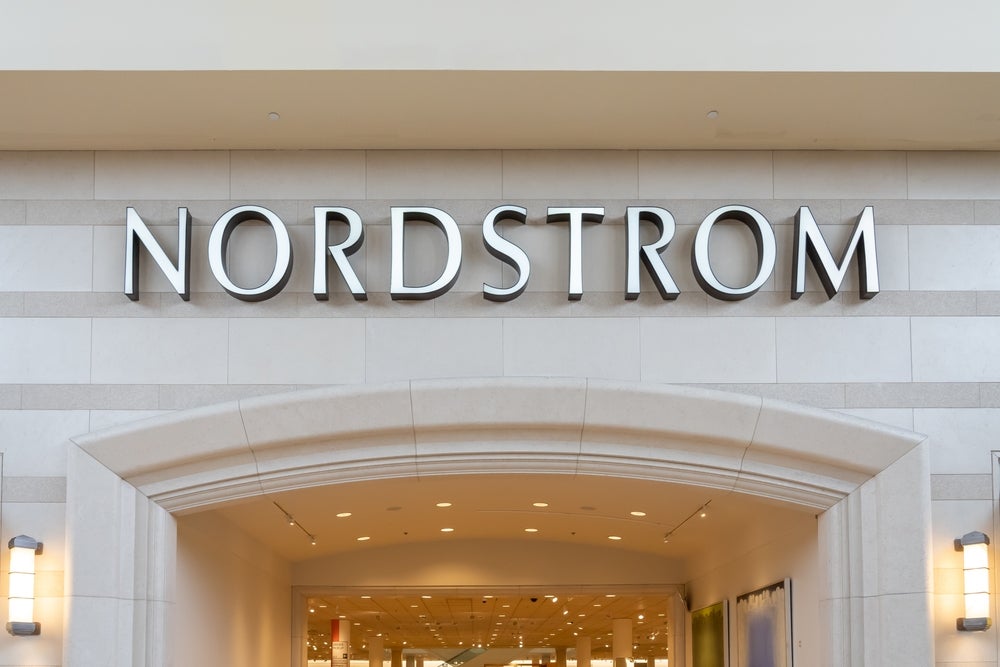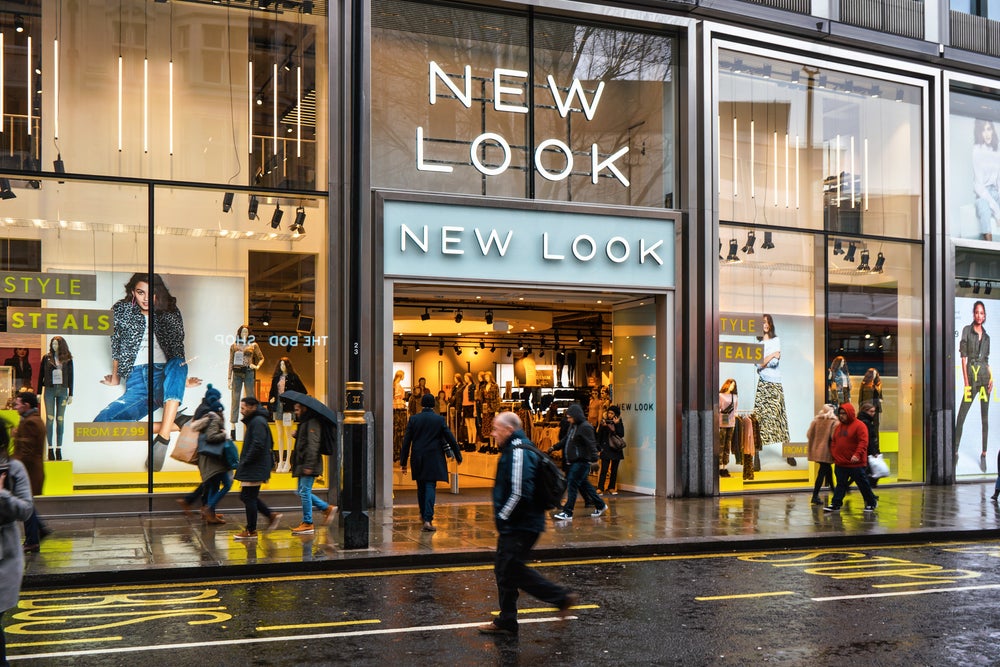
Whether you’re a supplier or a buyer, embracing agility as opposed to seeing it as “a bit of a nightmare” is key to weathering the next phase of change sweeping through the apparel industry, according to former Marks & Spencer director Kim Winser OBE.
With online already disrupting the whole business chain, understanding speed of reaction and looking at the supply chain with a completely different set of eyes is “absolutely key,” she told delegates at the recent Fashion SVP sourcing event in London.
Having also served as chief executive and partial owner of Pringle of Scotland, and global president and CEO of Aquascutum, Winser is now focused on her eponymous online fashion business Winser London, which she founded five years ago.
“Trends are changing at a pace that I can’t really believe. And actually, I believe it’s just going to get faster.”
For Winser, the disruptive – and clearly successful – view of the supply chain taken by both Zara and Japanese casual clothing chain Uniqlo is heralding the next phase of change.
How well do you really know your competitors?
Access the most comprehensive Company Profiles on the market, powered by GlobalData. Save hours of research. Gain competitive edge.

Thank you!
Your download email will arrive shortly
Not ready to buy yet? Download a free sample
We are confident about the unique quality of our Company Profiles. However, we want you to make the most beneficial decision for your business, so we offer a free sample that you can download by submitting the below form
By GlobalDataSee Also:
Indeed, back in the 90s Amancio Ortega – founder of the Inditex group, the world’s largest apparel retailer and owner of the Zara fast fashion chain – recognised the M&S supply chain was too long.
“It was slow, it was cumbersome and far too many people were involved in the decision-making process. And he said that is the one thing that’s going to hold this business back. And how right he was,” Winser says.
The next phase of change
“If you look at how Zara and Uniqlo have just taken over the marketplace…by really looking at the way of buying and selling, [that] is what is now happening again online.
“Online is going to cause a big ripple through the whole business chain.
“It allows the consumer to be very very well informed. Today, within one hour you can search 20 different companies, you can check their prices, you can check the product, you can even order things and send them back. Everything is so much quicker.
“And your competition is no longer who’s sitting next to you or who’s down the road; it’s global. I know that some of my biggest competition today is in China, Turkey, in America.”
But that doesn’t matter, she argues. After just five years, 20% of Winser London’s business is in exports – despite a lack of any marketing or advertising outside of the UK.
“Somehow or other, they’re finding us. And that is through two routes. It is through word of mouth and social media,” Winser says.
The pull campaign
While Winser recognises the power of the internet, she also finds it “really fascinating” how the online business is exposing the difference between ‘pull’ and ‘push’ supply chain strategies.
Based on sales history, a ‘push’ model sees projected demand determining which and when products enter the supply chain, often forecasting two seasons ahead.
“If you’re a bricks-mortar business with 100 stores you’d be buying 50 of a particular dress for every store…even though you have absolutely no idea that’s going to sell, because you’re just filling the racks.
“So you’ve got a combination of a really old-fashioned way of buying – plus you’re multiplying up to fill some footage – and that’s absolutely going to hurt you because in the end, the only thing you can do with that stock, if you haven’t been absolutely intuitive as to what the customers are going to want, [is] discounting. And you’re just going to be discounting and discounting and discounting. And that’s a downward spiral.
“So it’s got to be about the pull campaign. It’s got to be demand driven.” This model sees products enter the supply chain when customer demand calls for it, using demand data to drive both replenishment and production.
“The difference between operating under a pull and operating under a push is going to expose weaknesses, big time, with these businesses.”
“The difference between operating under a pull and operating under a push is going to expose weaknesses, big time, with these businesses,” Winser warns.
“Already in [London], the hedge funds are saying that two of the biggest retailers in the UK are going to be gone in the next two years. And unfortunately, it’s because they’re operating on this very old-fashioned push and try and convince customers that this is what they want to buy [model]. It’s not going to happen.
“These customers are now much more well informed and are going to be much more dynamic about what they want and they’re going to really put a lot of demand on us to do [it].”
Equally important is building a trusted supply base, which enables more flexible sourcing.
“Even though I buy my product from anywhere in the world, I try to buy it from where I see fabric being key. So I go to the markets I think have got the best fabric. So my silk happens to be Chinese silk.”
And after being caught out by a style she thought would be “at the tail end” of sales actually being the “number one seller,” Winser was able to call on her supplier and get the style back in stock within just over three weeks – from China.
“It can be done if you’ve got a very very sharp, close supply chain relationship so you feel like you’re one team,” she notes.
Formulas for success
Winser also credits thinking outside of the box to remain competitive.
Mixed skill-sets
She describes the decision to employ a team of both experienced staff members and their younger less-experienced counterparts as “one of the most successful formulas” in setting up her company.
And that applies to design, logistics, finance, IT, marketing; “every single department.”
“You can have too much experience which gets out of date or you can have a lot of youngsters that actually don’t have any experience and make a lot of mistakes.
“I did it because I really care about people coming up through the ranks and I really care about getting people really engaged and learning fast. But it’s turned out to be absolutely been equal in terms of its benefit.
“The experienced people have kept really, really modern because of these youngsters who were absolutely digitally engaged and very forward thinking. At the same time, the youngsters have been able to sit next to and ask questions of people of such experience that in some of these big, corporate businesses there’d be 14 layers between them.”
Decision making
It’s also important to streamline the decision-making process as “days of long negotiations and decision making; going through three meetings to make a decision, just doesn’t work.”
“By then the customers have gone, they’ve moved to somebody who’s actually making decisions.”
“At Zara, everybody makes the decision. As long as they’re within their budgets and margins, they can get on and make it happen. You can’t have meetings where you have to sit and wait for another person who [has] to sit and wait for another. By then the customers have gone, they’ve moved to somebody who’s actually making decisions.”
Social media
In addition, Winser notes everybody needs to be thinking about what is happening in terms of direct marketing and social media.
“People today are looking at a picture, looking at something and wanting to buy that look. On the one hand, it could be dangerous because it could actually be more important than the brand name itself, and as a brand owner that’s a slight concern. But I see it as a challenge. It just means that we have to think more imaginatively about what we’re doing and how we’re styling people because that’s the one thing people want.”
Customisation
Lastly, another buzzword is customisation. “Customers are very well informed and they are wanting freshness and newness…but for them.
Yet “nobody’s really doing a very good job doing it,” Winser says, and suppliers are finding it “a nightmare.”
“I was in a Japanese factory just recently and they’ve got the product going down the line [and] robots doing the customisation. And what they’re using customisation for is to give that twist for the customer so that they can have really big, bold letters on or in the lining, or whatever it is that they want.”
Agility
While there will always be other challenges to face, particularly as trends are moving with ever-increasing speed, embracing agility should remain top of mind.
“Whether you’re a supplier or whether you’re a buyer, really think about agility and own it. And think about how [you’re] going to combine successful, profitable business with individual reactions and customisation because it is not going to go away.”








